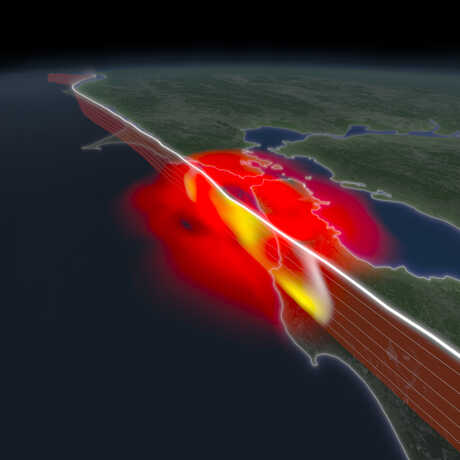What are earthquakes? Get a new perspective on these powerful phenomena with this collection of videos and infographics co-presented by the California Academy of Sciences and KQED. You'll learn why earthquakes happen, how they've shaped the Bay Area, and what you can do to prepare for the next one.
Exploring Earthquakes
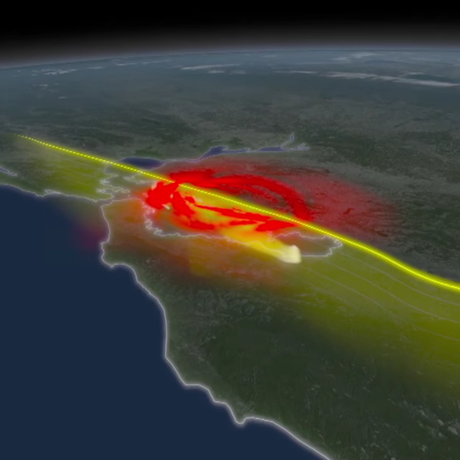
In this collection, you'll learn how geological processes shape life on Earth.
Earthquake Tracker
Track earthquakes using real-time data from the U.S. Geological Survey with this interactive globe.
Teacher Guide: Earthquakes
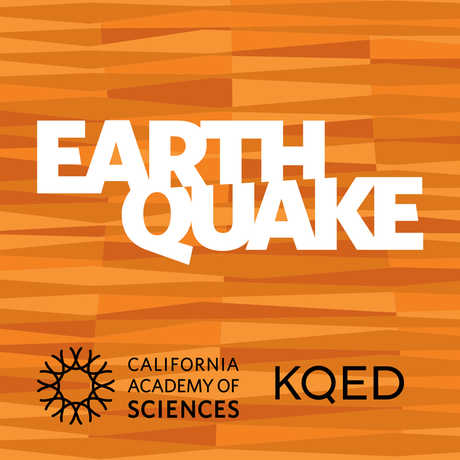
See ideas for how teachers can use videos, articles, and infographics about Earthquakes in their classroom.
Shake House

Step in and hang on as our earthquake simulator recreates California's powerful 1906 and 1989 quakes.
What's an Earthquake?
Anatomy of an Earthquake
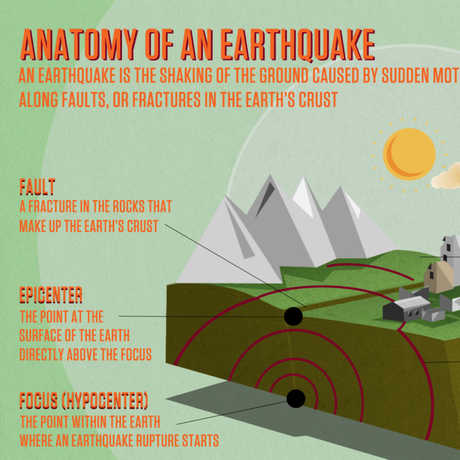
Learn about all the individual elements and forces that make up an earthquake.
From Core to Crust: Defining Earth’s Layers
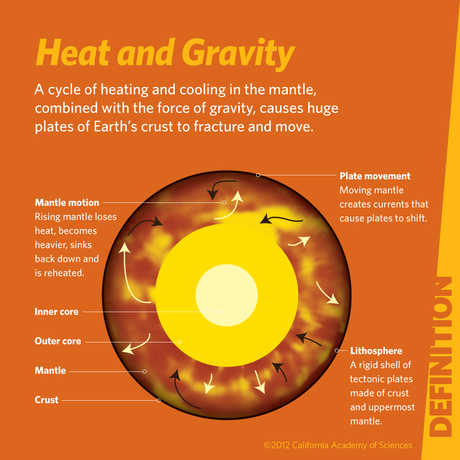
The inside of our planet is made primarily out of iron and nickel and dark, dense rock.
Plate Tectonics: Shaping the Continents
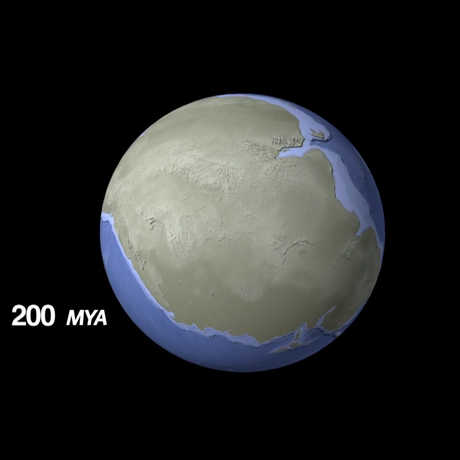
Billions of years ago, Earth had supercontinents—land masses made of multiple continents merged together.
Evidence of Plate Tectonics
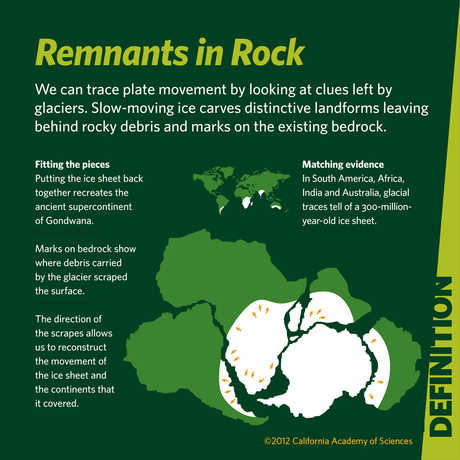
Evidence from fossils, glaciers, and complementary coastlines helps reveal how plates once fit together.
Plate Tectonics and Ancient Civilizations
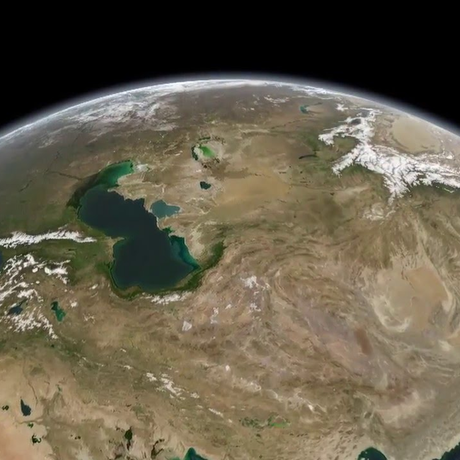
Plate tectonics played an important role in providing opportunities for life to flourish.
Plate Boundaries: Divergent, Convergent, and Transform
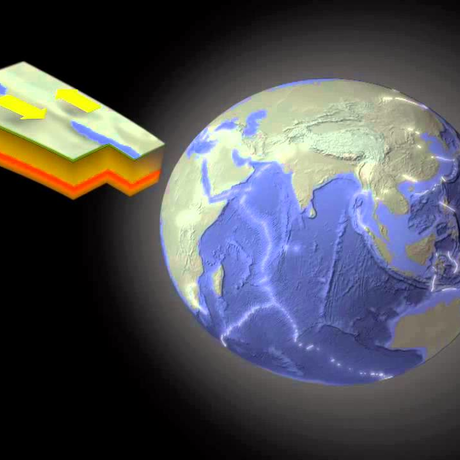
Most seismic activity occurs in the narrow zones between plates.
Faults: Where Earthquakes Occur
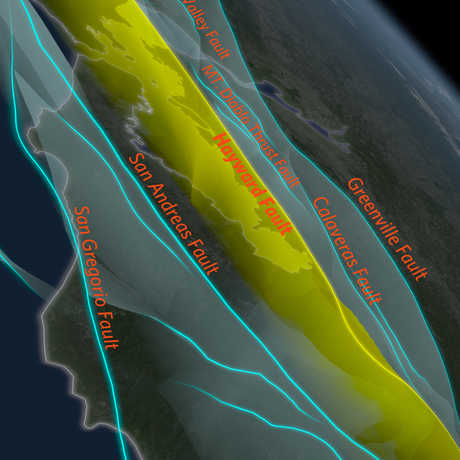
Faults are fractures in Earth’s crust where movement has occurred.
Measuring Earthquakes
What are Seismic Waves?
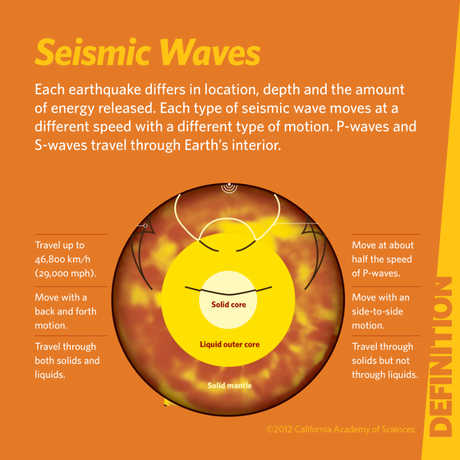
When earthquakes occur, they release waves of energy called seismic waves.
How to Find the Epicenter of an Earthquake
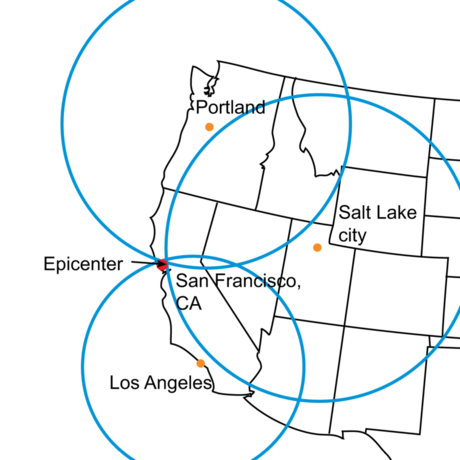
When seismic data is collected from at least three different locations, it can be used to find the epicenter.
Measuring Earthquakes: Intensity and Magnitude
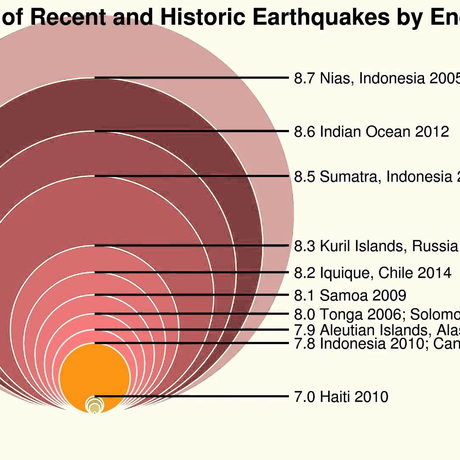
To determine the size of an earthquake, scientists measure energy released and its damage.
Building for Earthquakes
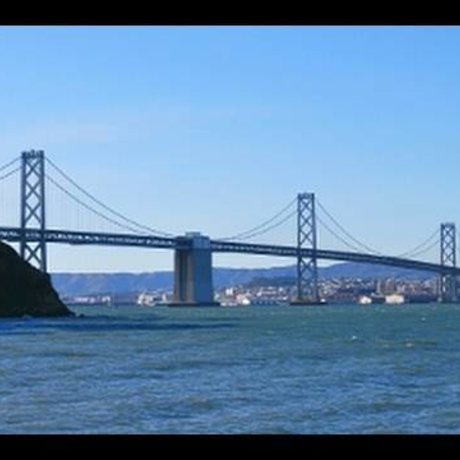
Engineers work on making buildings that are better able to withstand damage from future earthquakes.
Bay Area Earthquakes
San Francisco Bay Area Earthquakes and Faults
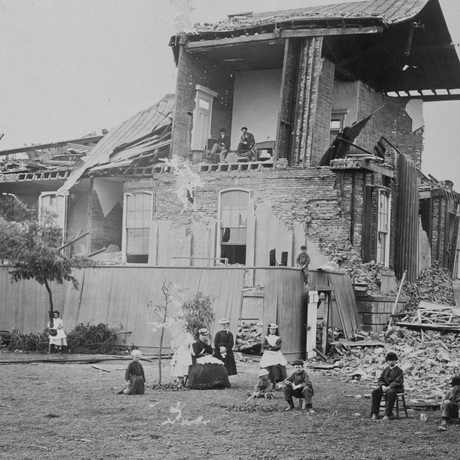
California lies within an active seismic zone, with many active faults capable of creating major earthquakes.
The Great San Francisco Earthquake of 1906
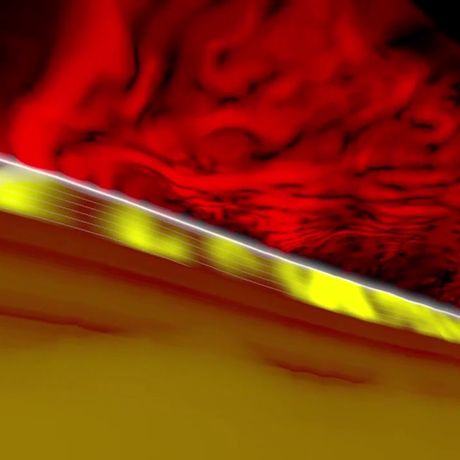
On April 18, 1906, a 7.9 magnitude earthquake along the San Andreas Fault would reshape the entire city.
Earthquake Preparedness
How to Prepare for an Earthquake
Learn what to do before, during, and after an earthquake.
Earthquake Preparedness: The Kit
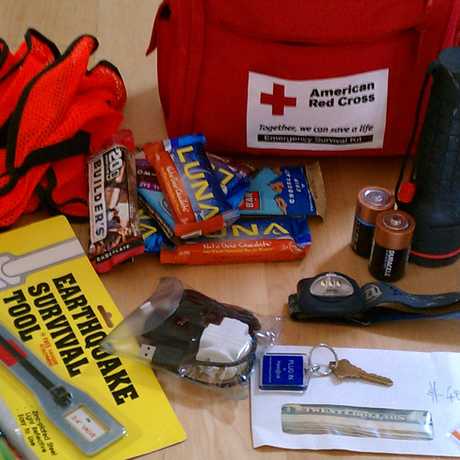
Here's a list of 10 items to start your earthquake kit.
Earthquake Preparedness: Kit Storage
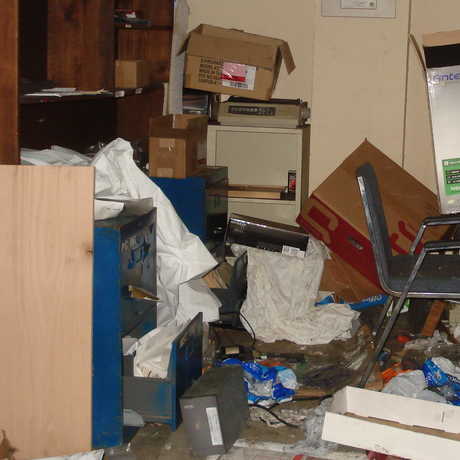
Tips for where and how to store your earthquake kit.
Earthquake Preparedness: Redecorate!
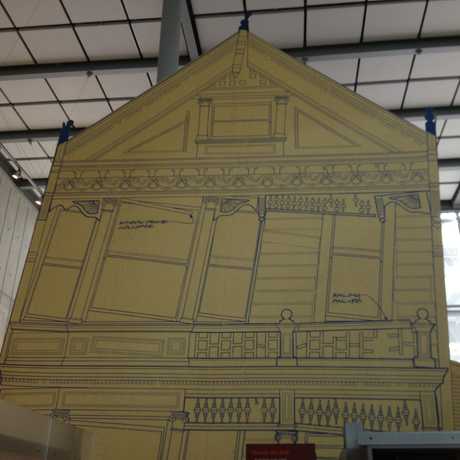
Here are quick tips for things to do around the house to prepare for the next big one.
Earthquake Preparedness: Make a Plan

Do you and your loved ones have a plan for the next earthquake?
Teacher Guide
Teacher Guide: Earthquakes

See ideas for how teachers can use videos, articles, and infographics about Earthquakes in their classroom.
Visit an aquarium, planetarium, rainforest, and natural history museum—all under one living roof.
